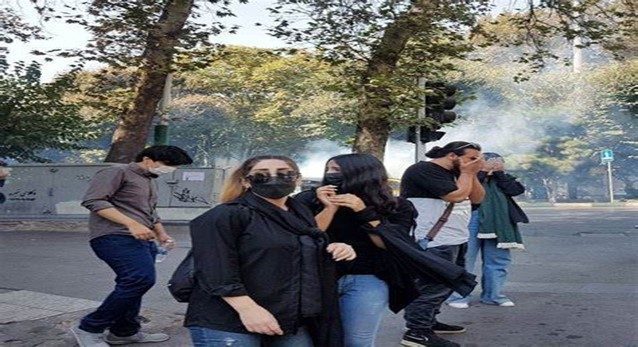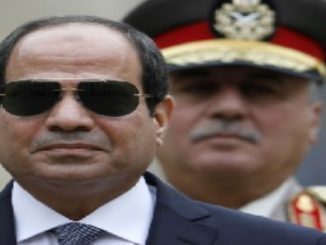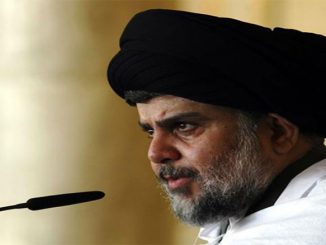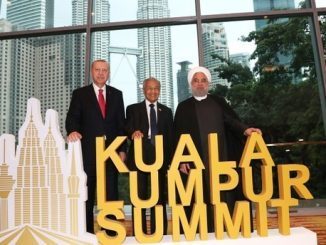
Amid the rift between the Iranian government and people that has recently become greater than ever and an impasse in foreign policy, an easy new year, 2023, is unlikely.
According to a recent report by Deutsche Welle, the 2022 women-led mass protests have posed the biggest challenge to the Iranian regime since the 1979 Islamic Revolution.
The tragic death of 22-year-old Kurdish woman Jina Mahsa Amini in police custody has mobilized Iranian women to take to the streets in protest against humiliation, mistreatment and gender discrimination.
Despite the clampdown by security forces, thousands of Iranian girls and women continue to refuse to challenge the Iranian political system.
“What these women are doing in Iran is a revolution, at least a cultural revolution,” Azadeh Kian, a sociologist, said, according to the report.
“The regime fails to understand how deeply dissatisfied the people are with the political system,” said Sadegh Zibakalam, an Iranian academic who has been barred from teaching at any university since October because of his criticism of hardliners in Iran.
“At the moment, the regime’s only goal is to end the protests through repression. From their public statements in recent months, you can see that they have proposed no solutions, neither for the political nor for the social problems,” he told DW, adding that mass protests could re-erupt at any time.
This year Iran witnessed the most severe and longest protest wave since the founding of the Islamic Republic in 1979.
The protesters were not organized and their numbers have not yet reached a critical mass so as to fundamentally overhaul the Iranian state.
Nevertheless, the demonstrators came from all strata of society, including ethnic and religious minorities.
Apart from a lack of political freedoms, they all suffer from the ongoing economic crisis, galloping inflation, increased water shortages and growing environmental problems.
The political system, which values ideological loyalty over expertise and experience to recruit officials, has found no answers to the problems that make life difficult for the nation’s nearly 84 million people year after year.
On the foreign policy front, the Iranian government has reached an impasse. The negotiations in Vienna to revive the nuclear agreement between Tehran and world powers have been at a standstill for months.
Iran also hasn’t made much progress when it comes to deepening its economic cooperation with China.
The two countries signed a 25-year comprehensive cooperation agreement in 2021. Of nearly 100 joint projects in Iran, such as infrastructure development or the establishment of free trade zones, not a single one has seen progress.
Chinese investors are holding back due to fears over potential US sanctions for doing business with Iran.
“Tehran has expanded its relationship with China in the last 10 years and sees China and Russia as its main allies against the West,” said Kamran Matin, a lecturer in international relations at the University of Sussex in the UK. “For China, economic cooperation with the Arab countries in the Persian Gulf plays an important role. The case with Saudi Arabia shows how China defines its interests and views its relationship with Iran.”
Increased cooperation with Russia, meanwhile, brings little economic benefit to Iran.
Since the Russian invasion of Ukraine, the US and the UK have reported arms deliveries from Iran to Russia.
In addition to ballistic missiles, Moscow is also said to have received drones from Iran, which have allegedly been used to attack and severely damage energy infrastructure in Ukraine. However, the reported arms deliveries violate UN Security Council resolutions.



